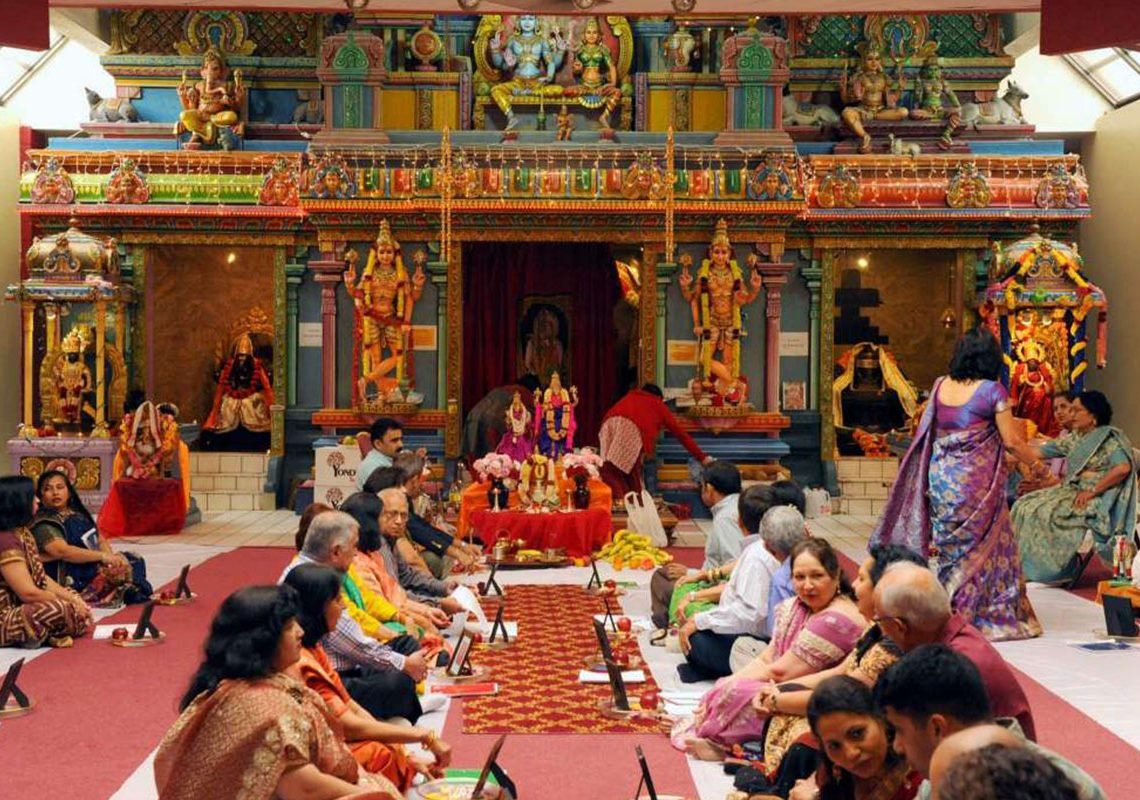All of us have images of our Gods in our worship place. We all have our ways of worship in Hinduism. Some people practice idol worship in Hinduism and some worship without any of these.
Images and Idol Worship in Hinduism
As human beings, we cannot create the formless infinite with our finite means of knowledge, and so we use images to aid us in our concentration. Mahatma Gandhi said, “An idol does not excite any feeling of veneration in me. But I think that idol worship is part of human nature. We hanker after symbolism. Why should one be more composed in a church than elsewhere? Images are an aid to worship. No Hindu considers an image to be God”.
Although most of us practice image or idol worship in Hinduism, we do not worship idols or images but the ideals they represent. For example, Lord Ganesha’s elephant ears represent his ability of selective hearing, that is, to listen to everything auspicious and worthwhile and ignore the rest. Lord Shiva’s snakes represent his victory over death, fear, and ego. Lord Krishna’s blue color symbolizes infinity, like the infinitude of the blue sky. According to Swami Chinmayananda, devotion is not like falling in love, but rather it is rising in love. Most people need to associate a specific name and form with God because this makes it easier for them to develop a relationship with God. The name and shape an individual takes to heart is his personal attraction towards that name and form.
Worship in Hinduism without images or idols
If you wonder if one can worship without images, then the answer is yes. One could always worship God as nirguna and nirskara (without qualities and form). But it is still easier to concentrate and associate with God as saguna (with form) through a symbol. The Upanishads say that the formless Brahman has form only for the convenience of the aspirant. Is it not easy for everyone to concentrate on that which is formless?
Cow and the natural elements
Hindus regard all creation as sacred, whether conscious or inert, animal or plant; the same applies to cows. Cow worship in Hinduism is done to show gratitude for their generosity, value, and gentleness. The cow is like a mother who contributes unconditionally, In so many ways, to the daily sustenance of the human being.
Vaidika hymns address the natural elements but guide the seeker to focus on factors underlying power and not just the physical aspects. Each element has ādhibhautika (physical), ādhidaivika (celestial), and ādhyātmika (spiritual) significance. For example, Agni signifies force on a physical plane, purity on the celestial plane, and Light of God on the spiritual plane.
Although we use many symbols and idols for worship in Hinduism, we must remember that even though God’s names and forms are many, God is only one. For example, there are many types of golden ornaments, but the essence of all the ornaments is gold. In the same way, there are many names and forms in the universe, but the heart of all names and forms is one God.








